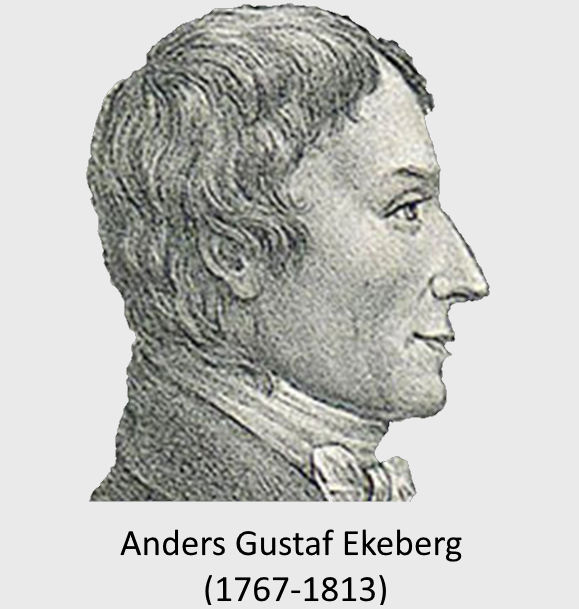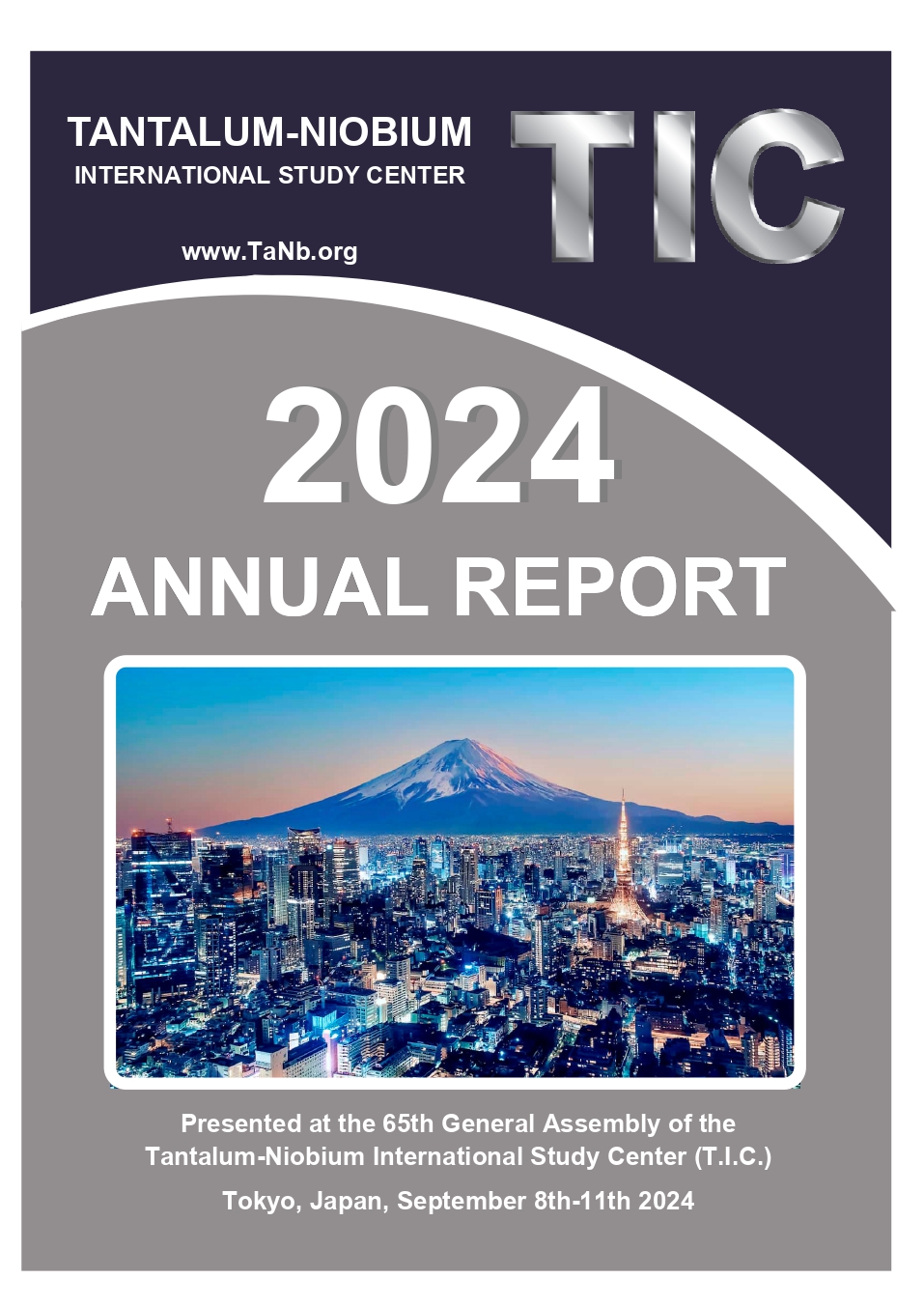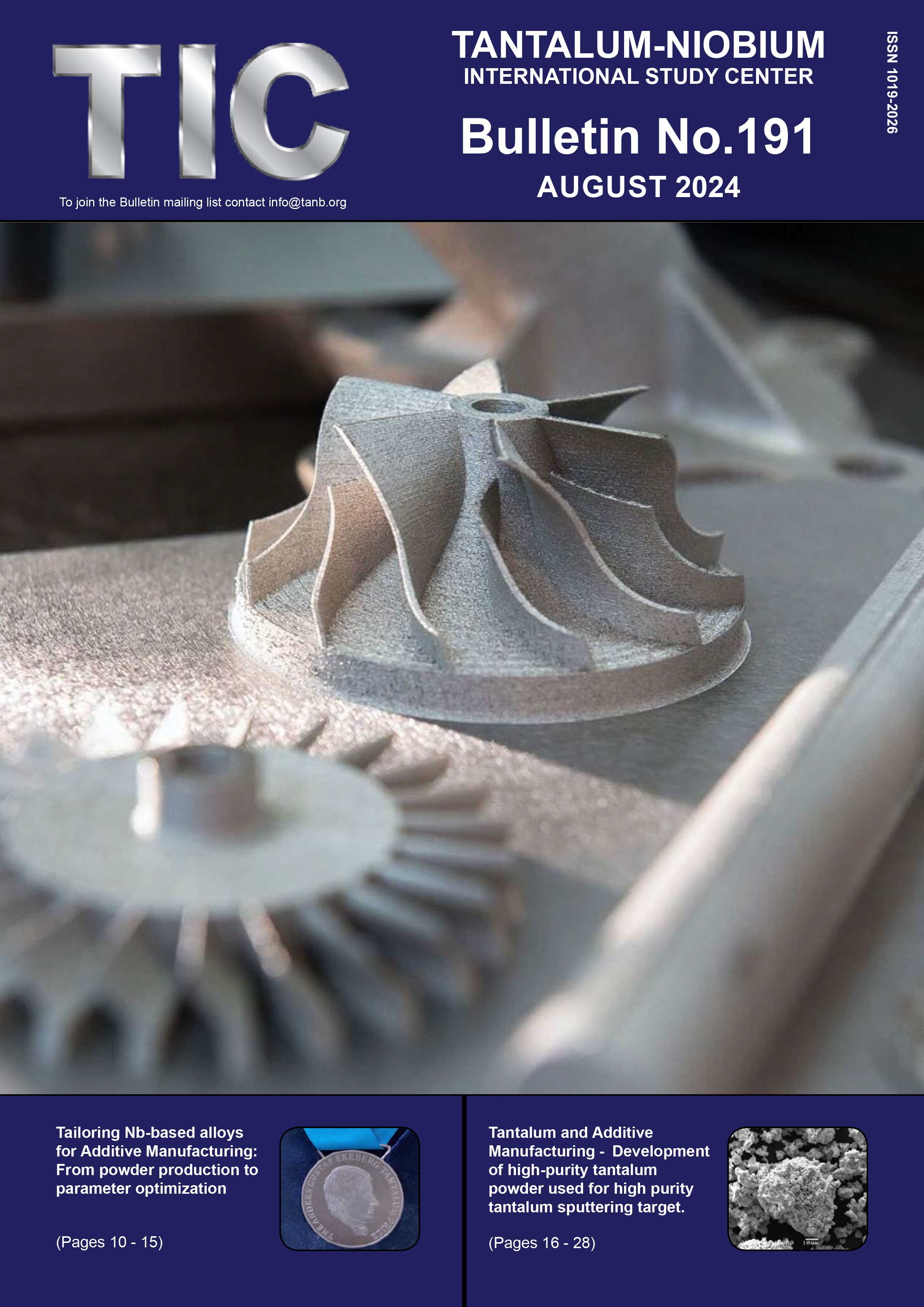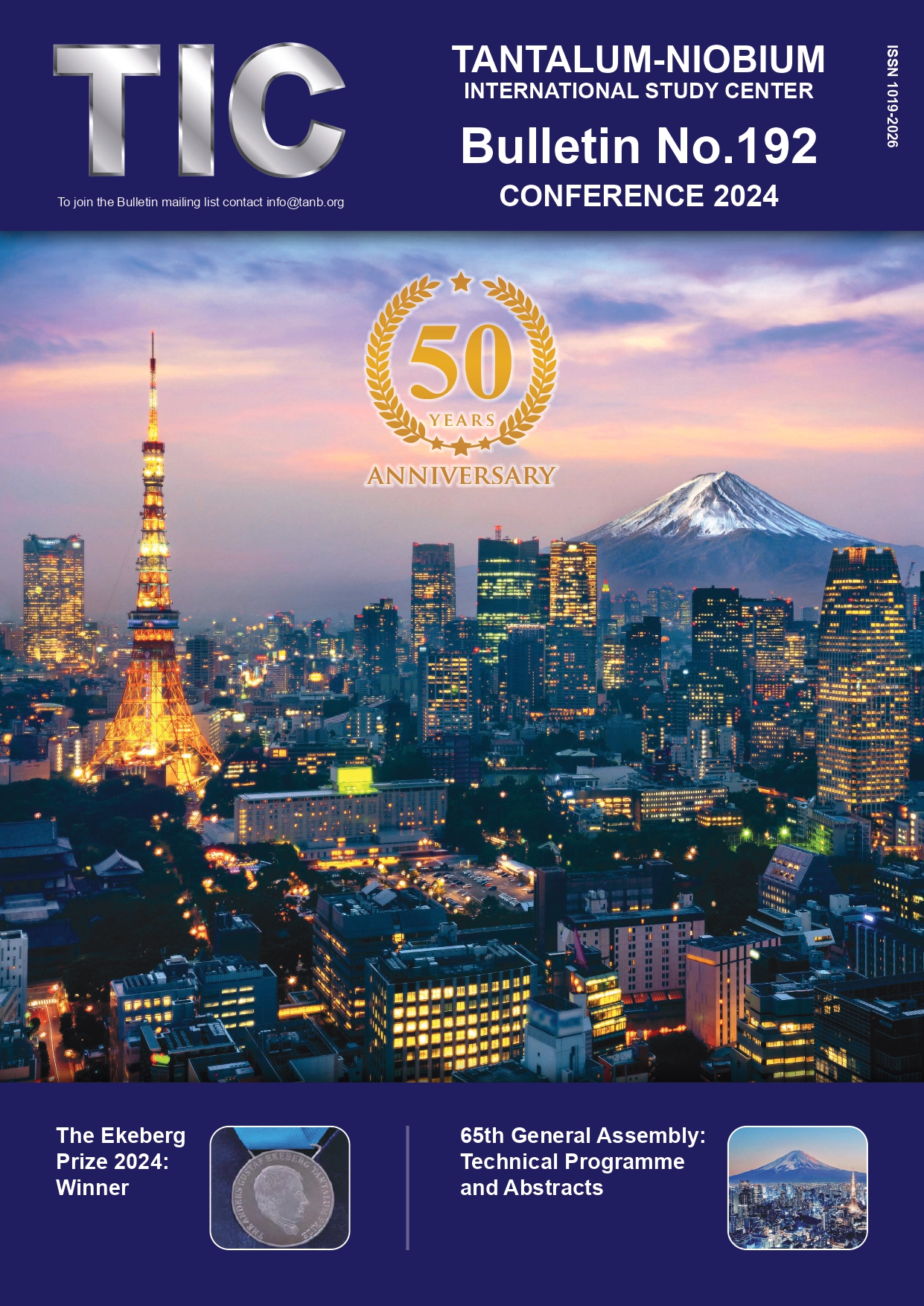Early history
 Tantalum was discovered in 1802, one year after niobium by Anders Gustaf Ekeberg (1767-1813). Ekeberg was born in Sweden and graduated from the University of Uppsala in 1788. He embarked on a teaching career at Uppsala where he presented chemical expositions and analysed minerals. The minerals of Ytterby, Sweden were a particular interest. One mineral he investigated became known as yttrotantalite, from Ytterby, Sweden, and another was from Kimito, Finland. The same previously unknown element was discovered in both of these specimens.
Tantalum was discovered in 1802, one year after niobium by Anders Gustaf Ekeberg (1767-1813). Ekeberg was born in Sweden and graduated from the University of Uppsala in 1788. He embarked on a teaching career at Uppsala where he presented chemical expositions and analysed minerals. The minerals of Ytterby, Sweden were a particular interest. One mineral he investigated became known as yttrotantalite, from Ytterby, Sweden, and another was from Kimito, Finland. The same previously unknown element was discovered in both of these specimens.
Ekeberg had been passionate about ancient Greek literature since childhood and he called it tantalum after Tantalus, the son of Jupiter, who was condemned to eternal frustration and could not drink even though he was standing in water up to his neck. The new element reacted to no acid in Ekeberg's laboratory, hence the name.
In 1809, William Hyde Wollaston, a British chemist, analysed both columbite and tantalite mineral specimens and claimed that columbium and tantalum were the same element.
There was no dispute concerning his conclusion until Heinrich Rose, in 1844, was able to distinguish these two elements by their differences in valence state, with columbium exhibiting +3 and +5 states and tantalum only +5 as stable entities. He renamed columbium as niobium after Niobe, the daughter of Tantalus.
The chemical similarities of the oxides of these two elements made it very difficult for the chemists of that time to separate them. Marignac developed a procedure in 1866 to achieve their separation via the use of potassium double fluoride salts of tantalum and niobium. The potassium niobium oxyfluoride, K2NbOF7 has very high solubility in comparison to the potassium tantalum fluoride, K2TaF7. Columbium and niobium were shown to be the same element.
The names columbium and niobium were both used to identify this element for almost another century, with columbium being preferred in the Americas. It was not until 1949 that the International Union of Pure and Applied Chemistry (IUPAC) officially adopted niobium as the name for this element. Old habits die slowly, and some metallurgists continue to use the term columbium to this day.





